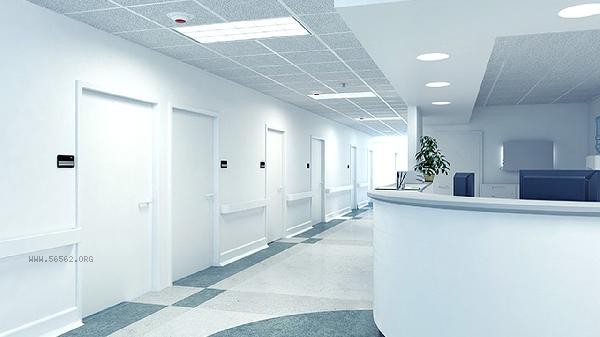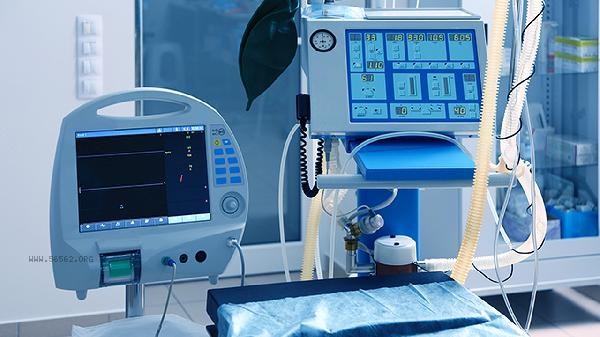Being nervous and having a rapid heartbeat upon entering the hospital is a typical white coat hypertension phenomenon, which can be alleviated through psychological regulation, respiratory training, environmental adaptation, medication assistance, regular monitoring, and other methods. This phenomenon is usually caused by environmental stimuli, anxiety, autonomic nervous system disorders, past negative experiences, somatic reactions, and other factors.

1. Psychological regulation:
Cognitive behavioral therapy can effectively reduce medical anxiety. It is recommended to relieve tension through mindfulness meditation or positive psychological suggestion before seeking medical treatment. Understanding the diagnosis and treatment process in advance can reduce the fear caused by uncertainty, and some people can try carrying stress relieving toys to divert their attention.
2. Breathing training:
uses the 4-7-8 breathing method of inhaling for 4 seconds, holding for 7 seconds, and exhaling for 8 seconds to quickly calm the heart rate. Before seeking medical attention, repeat the practice to form conditioned reflexes. Abdominal breathing is more effective in activating the parasympathetic nervous system than chest breathing, and it is recommended to perform 10 minutes of deep breathing training every day.
3. Environmental adaptation:

Reduce environmental sensitivity by visiting non diagnostic hospitals multiple times, gradually transitioning from the outpatient hall to the diagnosis and treatment area. Wearing noise cancelling headphones or eye masks during medical visits can reduce sensory stimulation, and scheduling appointments during periods of low foot traffic can lower environmental stress.
4. Drug assistance:
Patients with severe anxiety can take propranolol and other beta blockers to control physiological reactions in a short time, and traditional Chinese patent medicines and simple preparations such as Wenxin Granule also has a regulatory effect. The use of medication requires evaluation by a cardiovascular specialist to avoid self medication with sedatives to mask underlying diseases.
3. Regular monitoring:
Home blood pressure monitoring can distinguish between true hypertension and stress response, and dynamic electrocardiogram can record heart rate variability during medical treatment. Suggest establishing health records to compare physiological indicators in different environments, and presenting them in a data-driven manner to help doctors assess the condition. Regular aerobic exercise such as swimming and brisk walking can enhance autonomic nervous system regulation ability, and adding magnesium rich foods such as pumpkin seeds and dark chocolate to the diet can help stabilize heart rate. It is recommended to avoid caffeine intake one hour before seeking medical attention and wear loose clothing to reduce the feeling of confinement. Those who have not improved for a long time or are accompanied by chest pain and syncope need to be screened for arrhythmia and other organic diseases, and the first diagnosis through Internet hospitals can be considered to reduce stress reaction. Establishing a fixed doctor-patient relationship can significantly alleviate diagnosis and treatment anxiety, and when choosing to accompany patients, priority should be given to calm and composed companions.









Comments (0)
Leave a Comment
No comments yet
Be the first to share your thoughts!